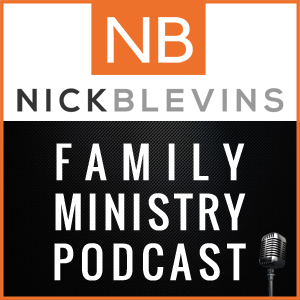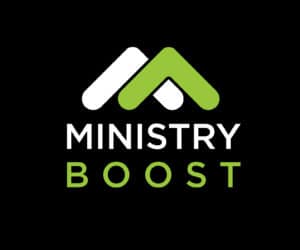Family Ministry Models – The BEST Approach and 6 Benefits
If you're not sure what the family ministry model is (often referred to as NextGen), you can read my thoughts about it here. In short, it's encompassing everything a church does for children and students under one umbrella, all while partnering with parents. There are different family ministry models and here is the best one (in my opinion) and 6 benefits of this model.
The Best Family Ministry Model
In my opinion, the Best Family Ministry Model is one that has all of the following:
- A clear vision for what the family ministry will strive to become
- One overarching strategy for families from nursery through high school or college
- One unified staff team led by a single point leader
- A strategy for partnering with parents (link to new partnering with parents post) to equip them to lead their kids
- Helpful milestones and transitions as kids grow up in the church
- A great family culture shaped by consistent values and experiences
Other Family Ministry Models
Some other family ministry models include:
- Silo Model – This is the most common approach where children’s ministry and youth ministry are two separate areas that sometimes (but rarely) work together.
- Insider Family Model – This is usually not intentional, but churches with a long history, a culture where everybody knows everybody, and an emphasis on parents leading their own kids can create an insider-friendly family ministry model where the ministry almost only depends on parents.
Children’s & Family Model – This is like the Silo Model where children’s ministry and youth ministry are separate, but within the children’s ministry specifically, there is a greater emphasis on partnering with parents and families.
6 Benefits of This Model
Diverse Talent
We have always helped each other out, as that's part of our staff culture. But, because we meet regularly as a family ministry team it's easier to figure out where we can help each other out even more. Our staff team members all have unique strengths and talents, and we have used them in all areas of our family ministry since operating as one team. The family ministry model allows us to share our diverse staff talent better.
Shared Resources
Resources are something we always shared as well, but meeting together has allowed us to share even more. Our full team meeting doesn't include going into great detail about specific ministry initiatives, but there's enough discussion to know when a resource can be shared. Beyond that, as the team leader, I'm more aware of what each ministry needs and that allows me to find ways to pool resources. We get more out of the same resources.
Distributed Workload
Working as one team, we've been able to collaborate more on events and projects. Some of those events and projects help every ministry, but many are specific to one ministry. For the most part, team members still focus on the ministry they lead, but we definitely help each other out more than ever before. Also, in times where we are without a staff team member in family ministry, the entire team easily adapts to shoulder the load while we're shorthanded.
Team Learning
Team Learning is an educational method and a principle talked about in the book The Fifth Discipline: The Art & Practice of the Learning Organization. Meeting together regularly as a team allows us to learn together, and we learn from each other as much as the material we study.
Parent Partnership
You can partner with parents whether you have a unified family ministry model or not, but it's certainly better with this model. From the parent's perspective, a strong family ministry model looks like it's one plan from the nursery all the way through high school and potentially into college. It's hard to measure the impact of the relationships and consistency that is established with parents through this model.
Leadership Consistency
This is the surprising benefit of the family ministry model. This model creates a leadership consistency that is hard to match, for a couple of reasons. One, if a staff person on the family ministry team moves on, the Family Pastor or NextGen Pastor is there to keep the ship moving. Two, it's still early, but Family/NextGen Pastors typically have much longer tenures than children's and student pastors. However, even if the Family/NextGen Pastor moved on, there is consistency with the remaining staff so parents, kids, students, and leaders don't experience abrupt changes any time a staff person leaves.
Do You Use the Family Ministry Model?
The benefits I list here of the family ministry model are all benefits to us. The families in our church benefit the most from a unified team, which is the primary goal. It's another great Orange Strategy that has helped our church. Do you use the family ministry model?
Need Help Transitioning to a Family Ministry?
I help churches transition from a traditional model of ministry to an integrated family ministry model. If you're interested in seeing if I can help your church, simply fill out the form on this page to get the conversation started.






